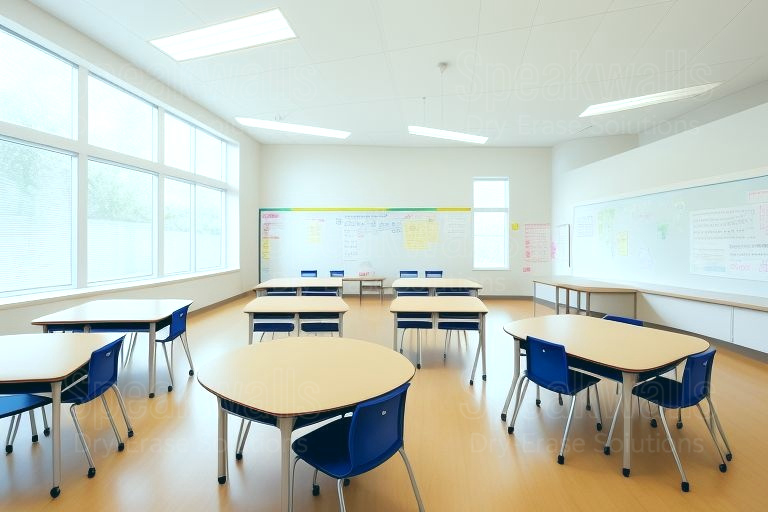Learning through games? Yes, please! Game-based learning systems are transforming high schools, and the best part? They don’t work in isolation. Gamification is seamlessly integrating with other educational tools to create a holistic, next-level learning experience.
Here’s how it works: Imagine a history class where students don’t just memorize dates—they embark on a gamified quest to solve historical mysteries. But this isn’t just a standalone game. The system connects with AI tools that track student progress, identifying who’s excelling and who might need a little extra help. If someone struggles to complete a quest about ancient civilizations, AI can suggest a VR module for immersive learning or personalized flashcards to reinforce key concepts.
Collaboration tools come into play, too. Students might team up to solve game challenges, using virtual whiteboards or chat features to share ideas. Meanwhile, teachers get real-time data on how their students are doing—who’s engaged, who’s stuck, and what concepts need a classroom-wide review.
And let’s not forget the reward system. Completing game levels could unlock bonus learning resources, like videos or mini-projects, that deepen understanding. The beauty of gamification is how it keeps students motivated, turning even challenging subjects into interactive adventures.
By integrating gamified systems with AI, VR, and collaborative tools, high schools are building a connected ecosystem that makes learning fun, personalized, and impactful. It’s not just about playing games—it’s about creating a dynamic environment where every student can thrive. Game on!
